Ethnobotany
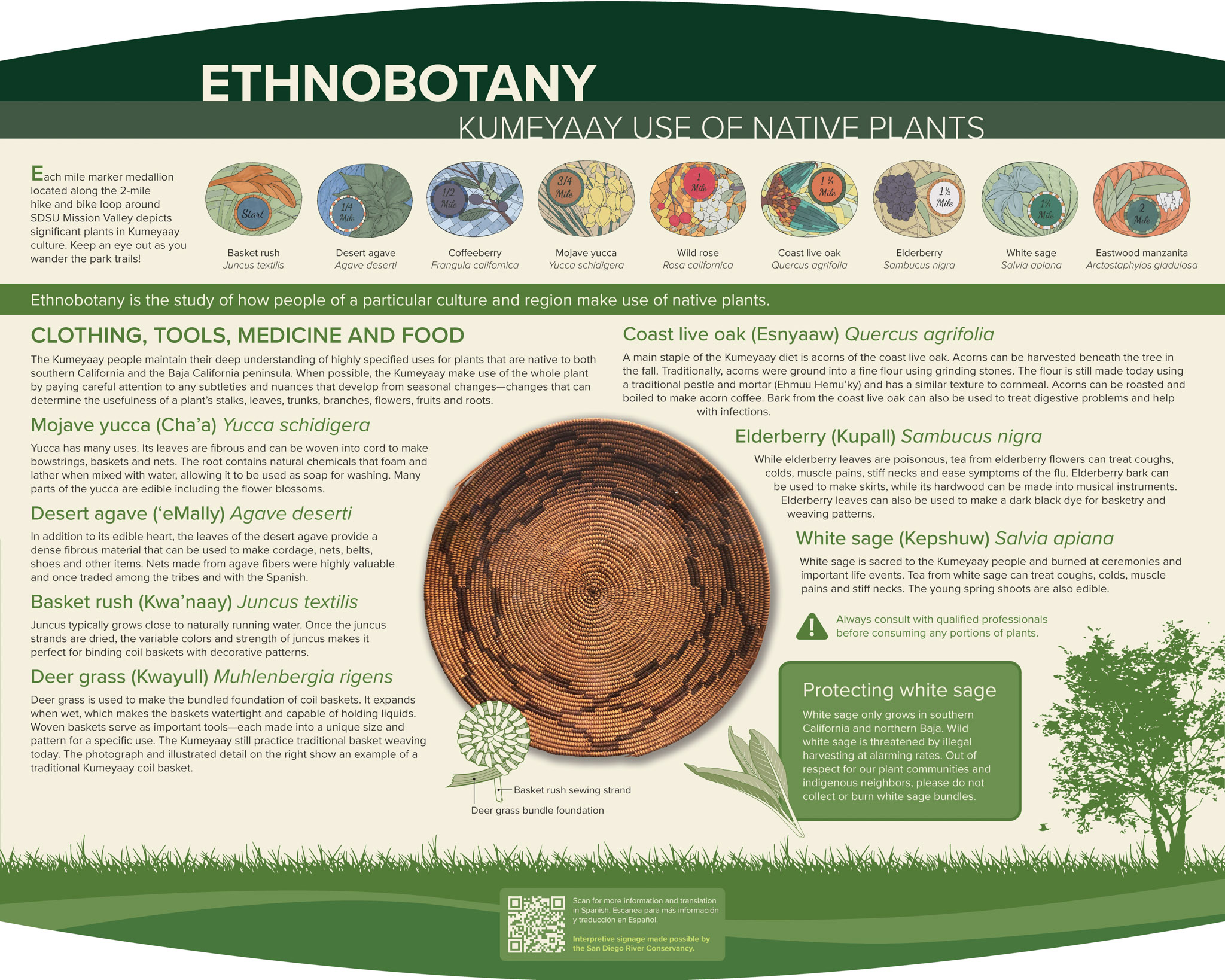 Ethnobotany is the study of how people of a particular culture and region make use of native plants.
Ethnobotany is the study of how people of a particular culture and region make use of native plants.
Clothing, Tools, Medicine, and Food
The Kumeyaay people maintain their deep understanding of highly specified uses for plants that are native to both southern California and the Baja California peninsula. When possible, the Kumeyaay make use of the whole plant by paying careful attention to any subtleties and nuances that develop from seasonal changes—changes that can determine the usefulness of a plant’s stalks, leaves, trunks, branches, flowers, fruits and roots.
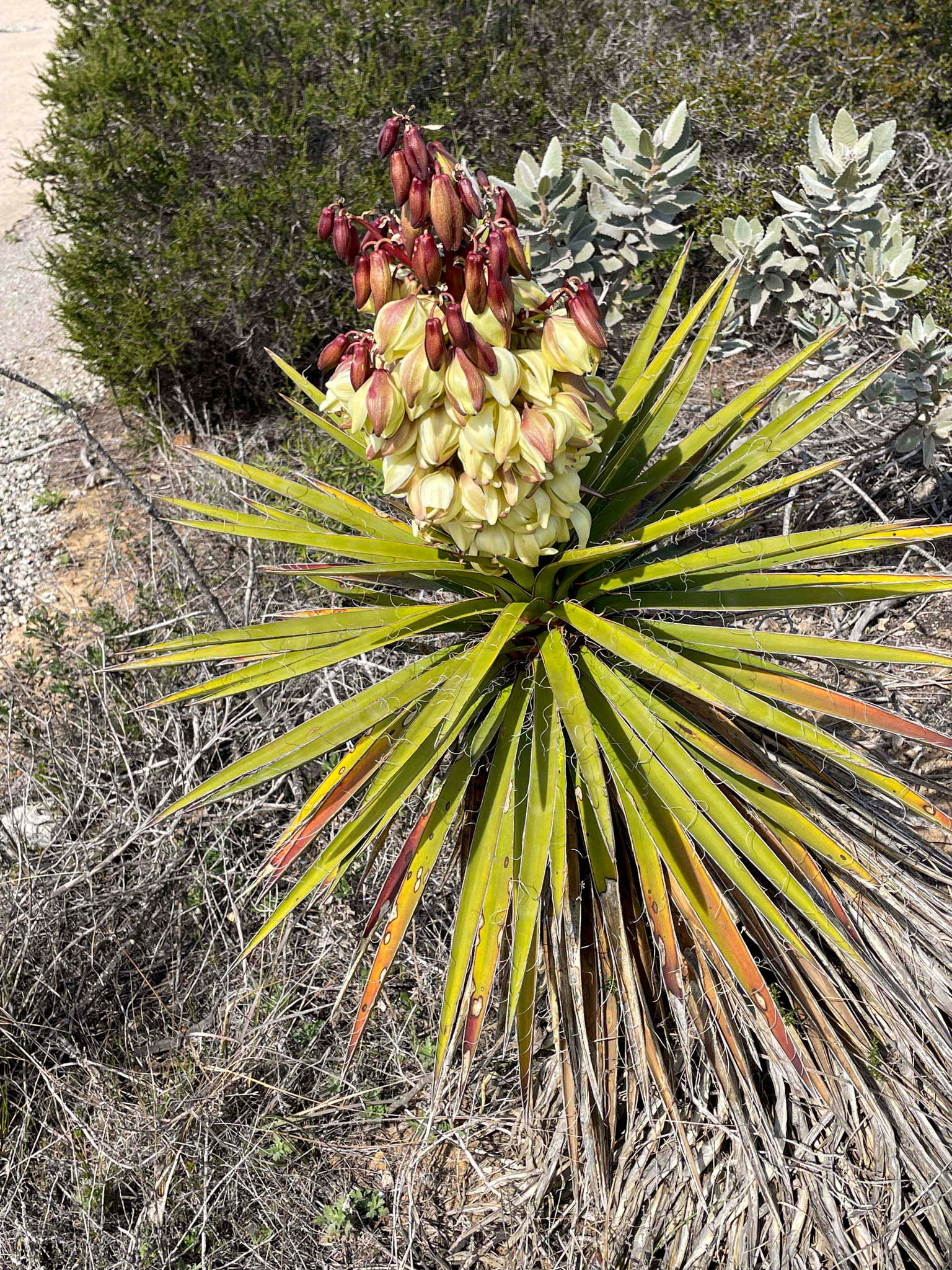
Mojave yucca
Yucca schidigera
Yucca has many uses. Its leaves are fibrous and can be woven into cord to make bowstrings, baskets and nets. The root contains natural chemicals that foam and lather when mixed with water, allowing it to be used as soap for washing. Many parts of the yucca are edible including the flower blossoms.
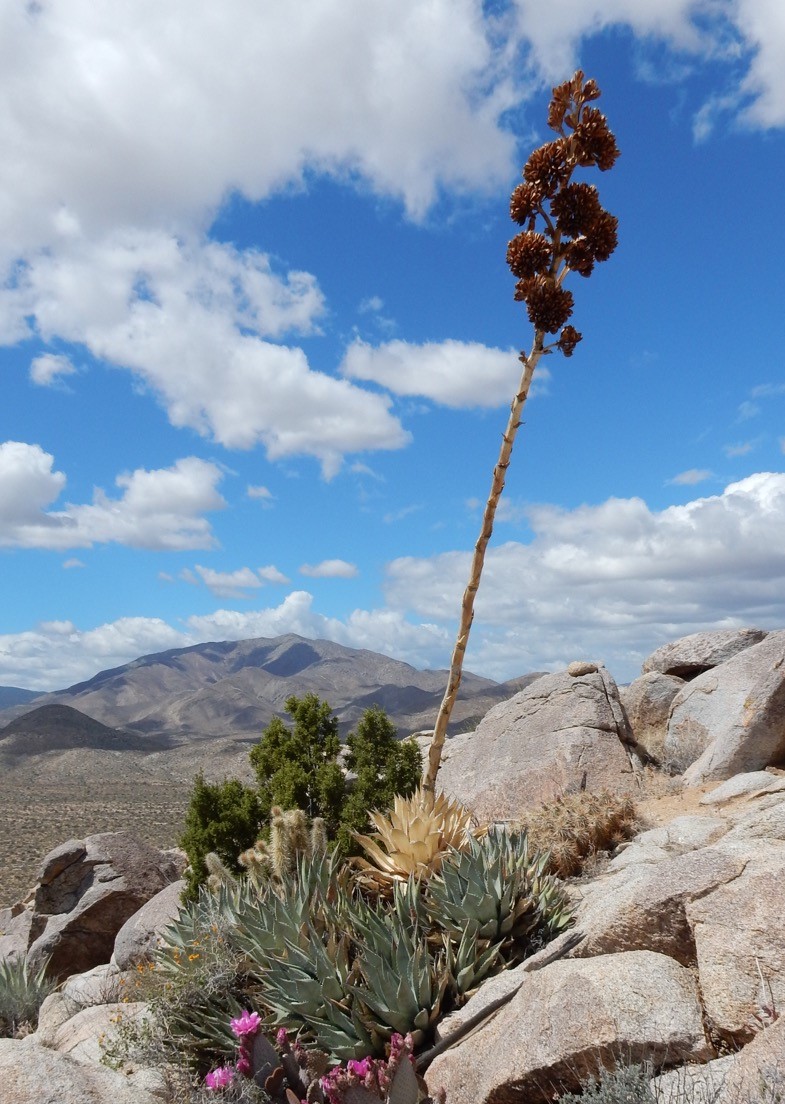
Desert agave
Agave deserti
In addition to its edible heart, the leaves of the desert agave provide a dense fibrous material that can be used to make cordage, nets, belts, shoes and other items. Nets made from agave fibers were highly valuable and once traded among the tribes and with the Spanish.

Basket rush
Juncus textilis
Juncus typically grows close to naturally running water. Once the juncus strands are dried, the variable colors and strength of juncus makes it perfect for binding coil baskets with decorative patterns.
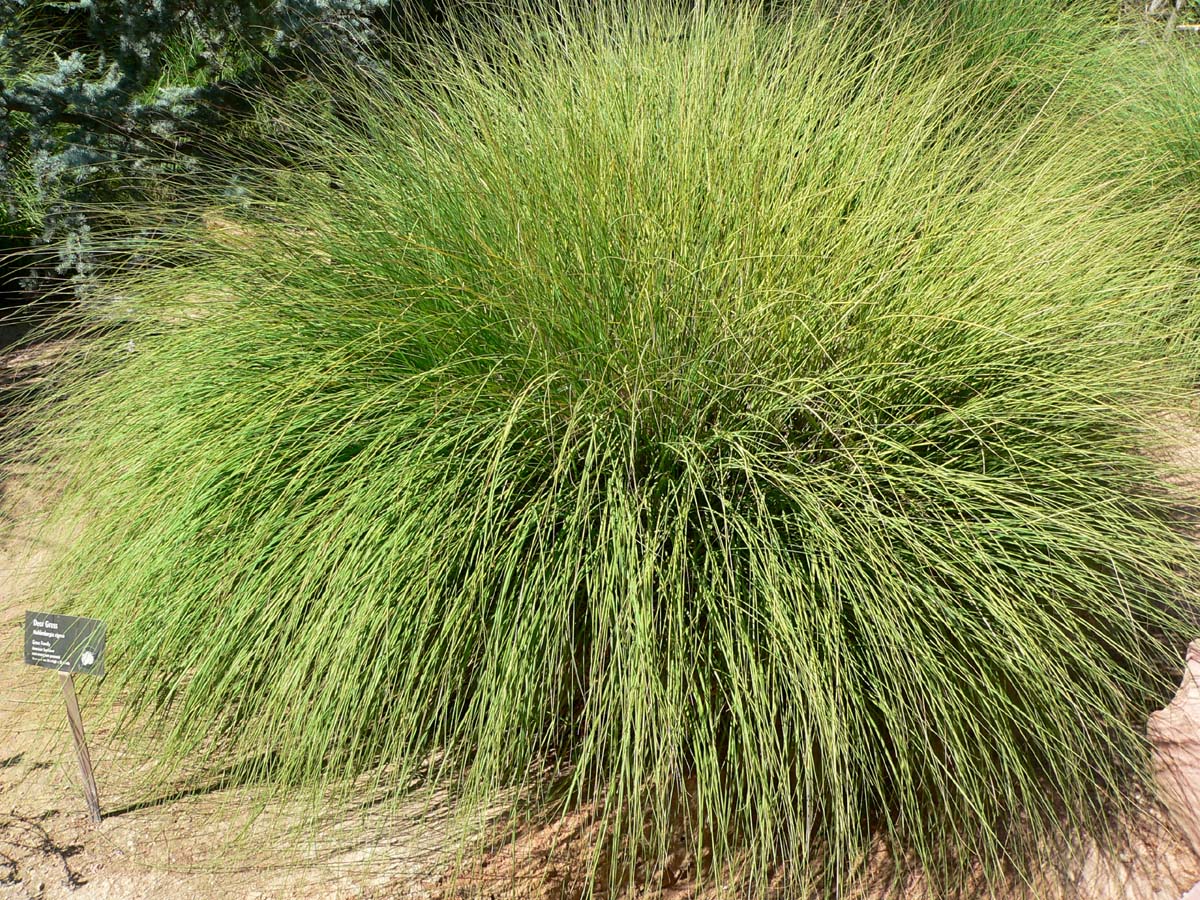
Deer grass
Muhlenbergia rigens
Deer grass is used to make the bundled foundation of coil baskets. It expands when wet, which makes the baskets watertight and capable of holding liquids. Woven baskets serve as important tools—each made into a unique size and pattern for a specific use. The Kumeyaay still practice traditional basket weaving today. The photograph and illustrated detail on the right show an example of a traditional Kumeyaay coil basket.
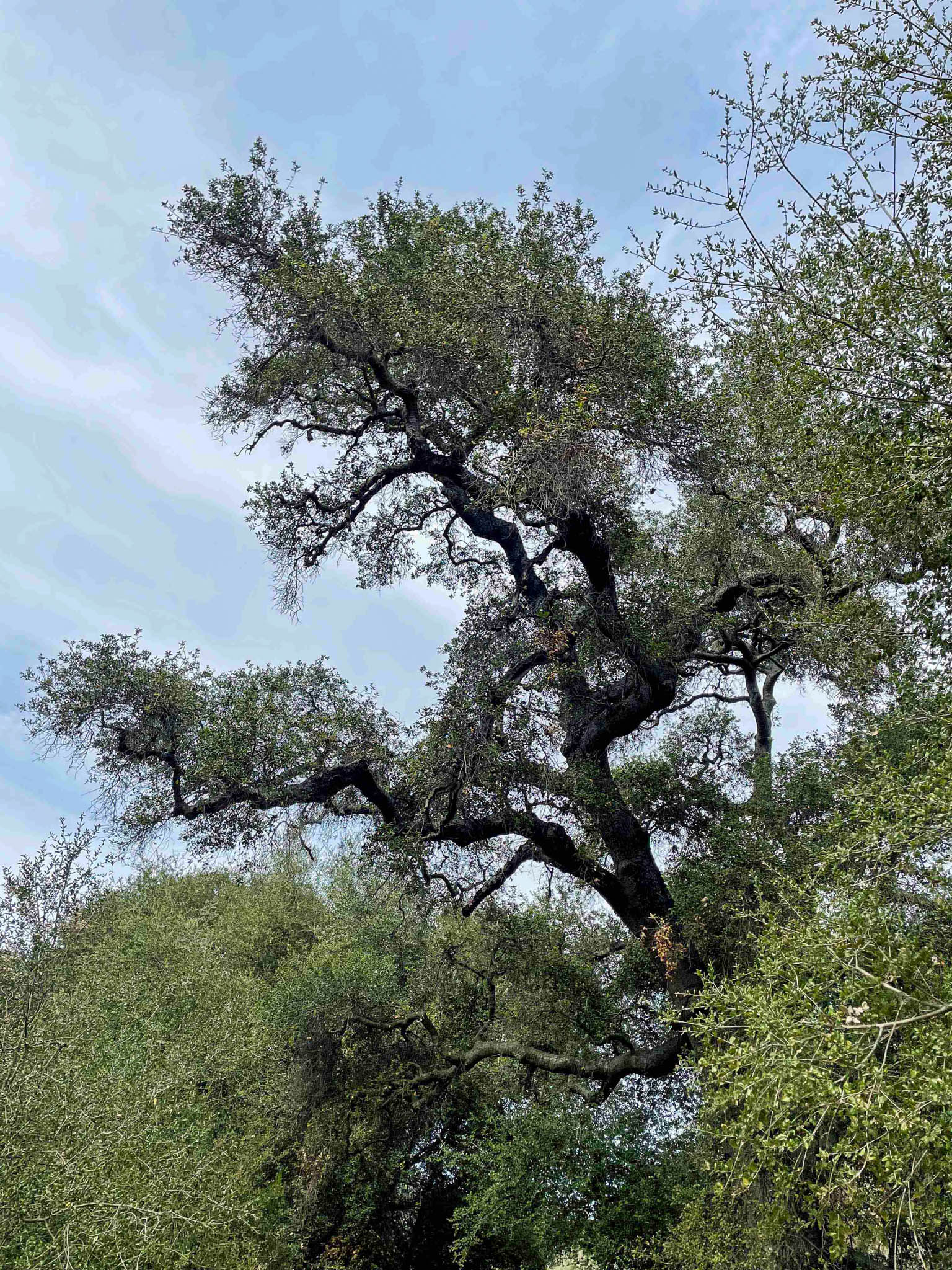
Coast live oak
Quercus agrifolia
A main staple of the Kumeyaay diet is acorns of the coast live oak. Acorns can be harvested beneath the tree in the fall. Traditionally, acorns were ground into a fine flour using grinding stones. The flour is still made today using a traditional pestle and mortar (Ehmuu Hemu’ky) and has a similar texture to cornmeal. Acorns can be roasted and boiled to make acorn coffee. Bark from the coast live oak can also be used to treat digestive problems and help with infections.
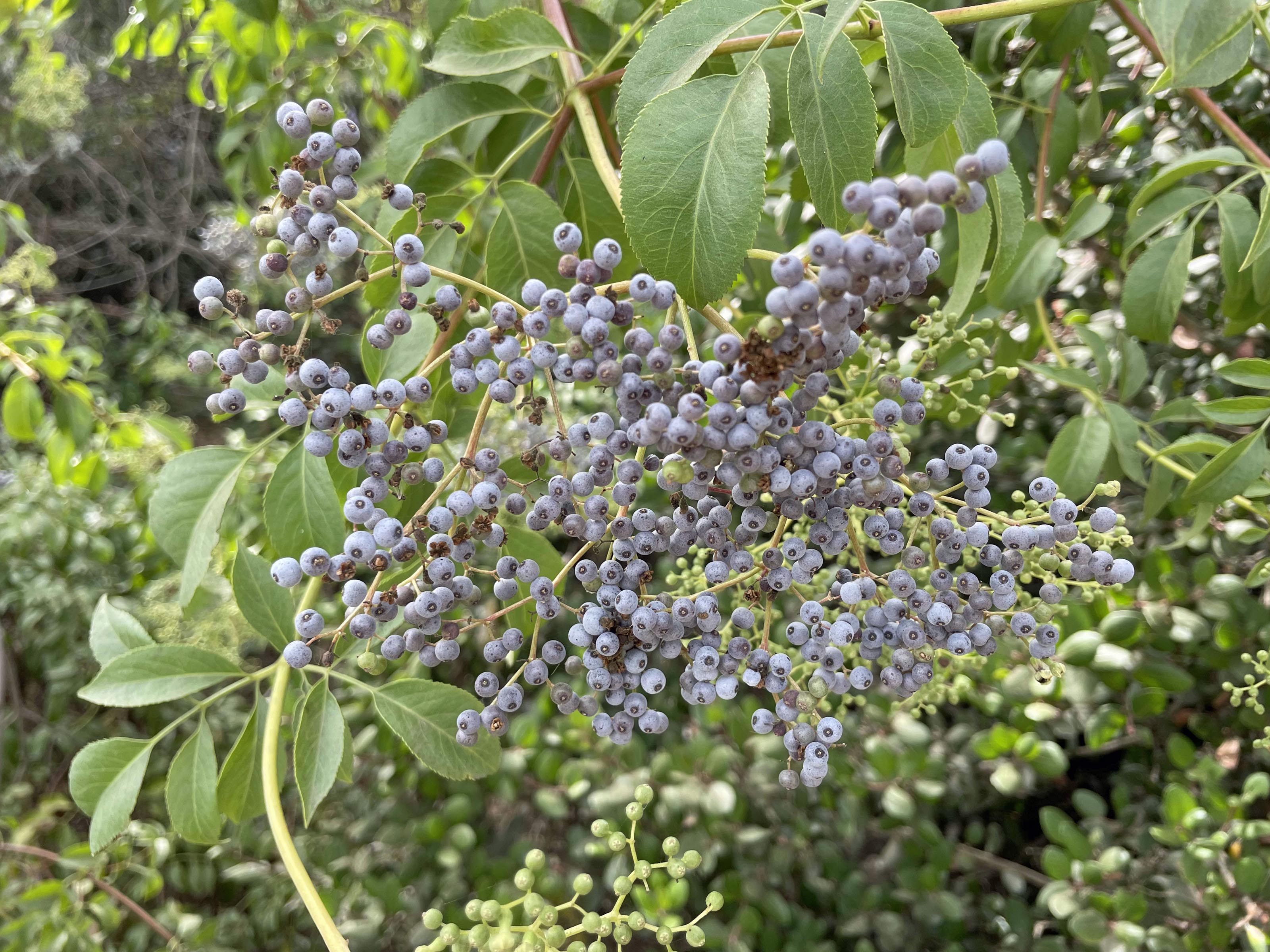
Elderberry
Sambucus nigra
While elderberry leaves are poisonous, tea from elderberry flowers can treat coughs, colds, muscle pains, stiff necks and ease symptoms of the flu. Elderberry bark can be used to make skirts, while its hardwood can be made into musical instruments. Elderberry leaves can also be used to make a dark black dye for basketry and weaving patterns.
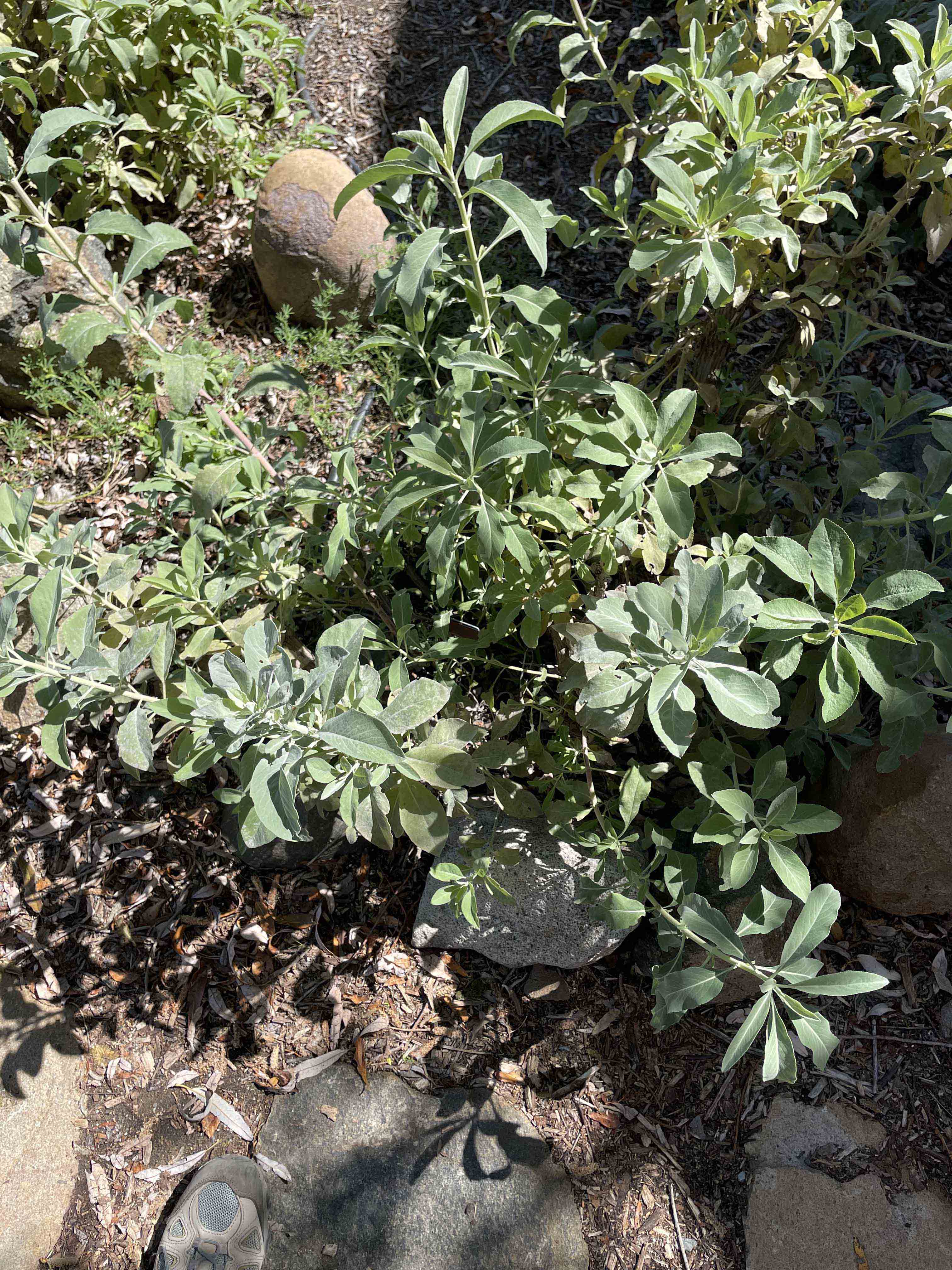
White sage
Salvia apiana
White sage is sacred to the Kumeyaay people and burned at ceremonies and important life events. Tea from white sage can treat coughs, colds, muscle pains and stiff necks. The young spring shoots are also edible.
White sage only grows in southern California and northern Baja. Wild white sage is threatened by illegal harvesting at alarming rates. Out of respect for our plant communities and indigenous neighbors, please do not collect or burn white sage bundles.

Wild rose
Rosa californica

Eastwood manzanita
Arctostaphylos glandulosa

